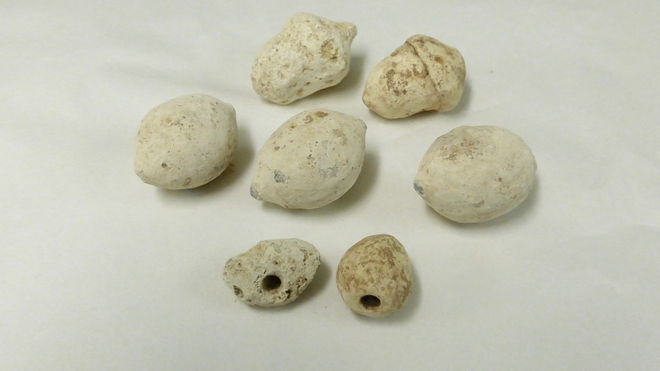
© PHOTOCREO/Michal Bednarek/Shutterstock
Theories on the fringe of science sometimes slowly work their way into the core as the evidence accumulates.
"A classic example is the continental drift [theory]," said cultural geographer Stephen C. Jett, professor emeritus at the University of California - Davis. "In 1955, if you believed in continental drift, you were laughed at. In 1965, if you didn't believe in continental drift, you were laughed at."
He was a geography student while this dramatic change in opinion occurred, and he took the example to heart. Encouraged by a professor of his at Johns Hopkins University, Jett started a decades-long investigation into another controversial theory.
DiffusionismMainstream anthropology and archaeology holds that Norse expeditions around 1000 A.D. were the only ones to make it to the New World before Christopher Columbus landed in the 15th century. But on the fringes are multiple theories about other successful pre-Columbian expeditions. These theories are placed under the umbrella of "diffusionism."
"At the outset, I supposed that accumulating the evidence and ... putting it out there would change the point of view, at least gradually," Jett said. "But there hasn't seemed to have been a lot of that. There's a good deal of inertia, a good deal of resistance to the whole concept."
According to Jett, one of the reasons it has been difficult for the concept of early transoceanic voyages to penetrate mainstream history is that it
requires a multidisciplinary perspective.
"If you confine yourself to one field, you won't see it," he said.
Jett has a multidisciplinary perspective. "Geography is a very broad discipline," he explained. For example, physical geography gives insight into climate, oceans, landforms, and other elements relevant to long-distance travel. Cultural geography, Jett's specialty, has helped him see many similarities between ancient Old and New World cultures.

Comment: More on American eugenics: